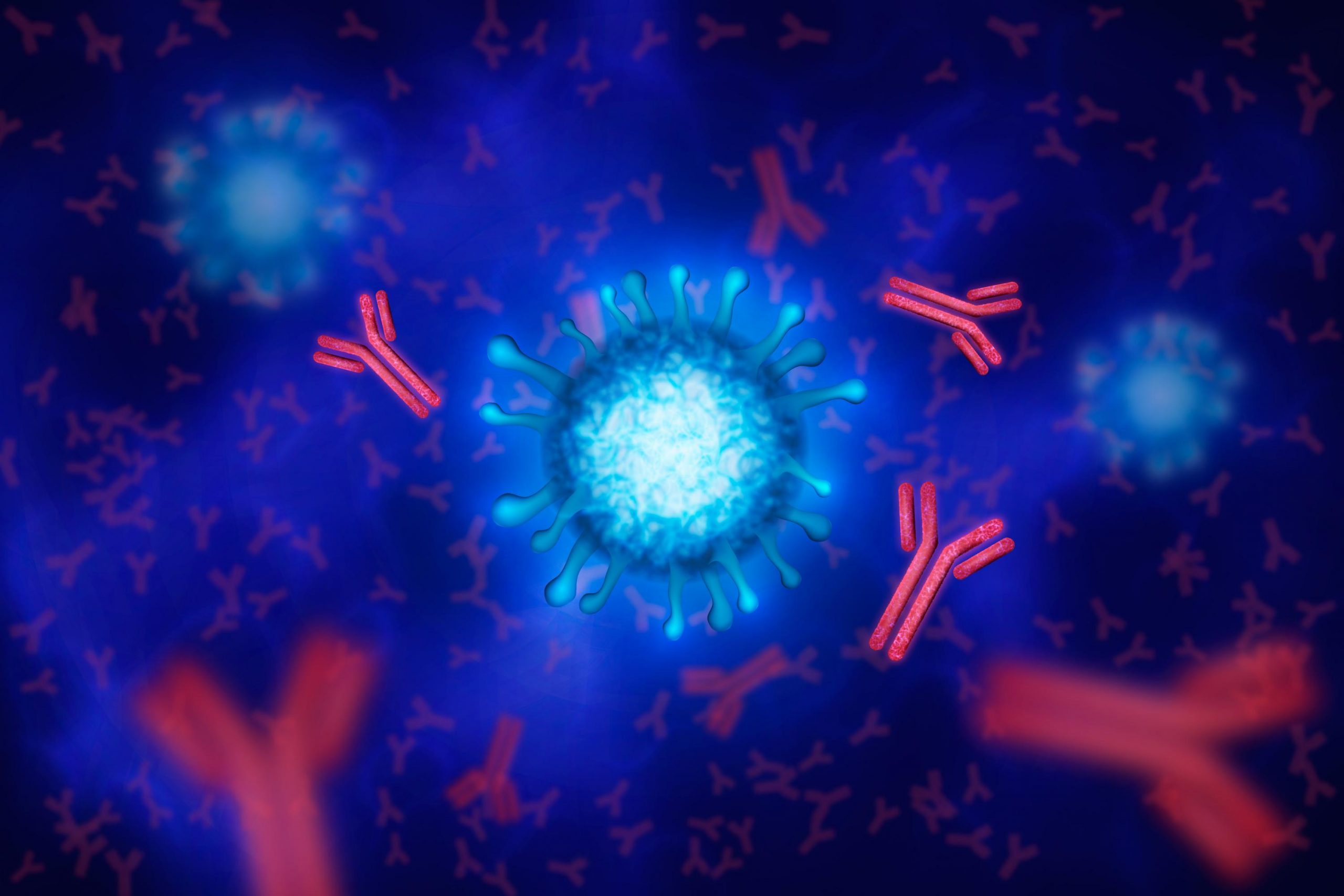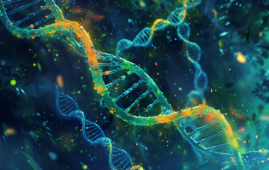

According to a recent study published in the Journal of Clinical Investigation, Northwestern Medicine researchers discovered a novel mechanism that regulates immune cell recruitment into tissue during inflammation, which could be targeted to treat various inflammatory diseases and conditions. Neutrophils are specialized immune cells known as effector cells that circulate in the bloodstream and, in response to an insult, migrate from blood vessels into surrounding tissues, where their presence can increase inflammation and tissue damage.
While neutrophil migration and signaling have been examined earlier, the mechanisms that trigger this immune cell recruitment response are unknown.
“That’s what we really tried to focus on is what cues will initiate this recruitment cascade,” said Ronen Sumagin, Ph.D., associate professor of Pathology in the Division of Experimental Pathology and senior author of the study.
Neutrophils must connect to endothelial cells that line the luminal side of blood vessel walls in order to travel outside of the bloodstream and trigger an immune cell response. Sumagin’s team set out to discover which processes cause these sticky contacts in the current work.
“We’ve known for a long time that neutrophils do not cross the vessel wall everywhere; it’s not random. There are specific locations that are better equipped to support neutrophil crossing of the vessel wall, and what makes this so is actually really interesting. One neutrophil will go and then the second and third one will follow, and they really stick to these locations that we and others call ‘hotspots.’ That’s where they like to migrate, meaning these spots, for whatever reason, are better suited to accommodate recruitment than others,” Sumagin said.
The researchers discovered that macrophages (specialized white blood cells) are recruited to endothelial cells, which then activate specific mechanisms that tell neutrophils which locations, or “hotspots,” they can attach to on blood vessels using real-time intravital microscopy in inflamed intestinal tissue from mice.
During this recruiting process, macrophages will contact the blood artery wall and release an inflammatory cytokine called TNF-alpha, which binds to a TNF receptor on endothelial cells called TNFR2. This interaction then causes the production of adhesion molecules like ICAM-1 on the surface of endothelial cells, resulting in the formation of a hotspot.
“This combination of a macrophage touch and endothelial cell activation and an induction of ICAM creates a hotspot for neutrophils to then migrate… so we think that macrophages drive this hotspot formation and, in a way, serve as gate keepers of neutrophil migration,” Sumagin said.
According to Sumagin, these newly discovered processes could be a potential target for treating various inflammation-driven disorders by controlling the neutrophil recruitment process.
“We can now try to target macrophage-endothelial cell communication to either prevent or promote the formation of those hotspots,” Sumagin said.
more recommended stories
 Phage Therapy Study Reveals RNA-Based Infection Control
Phage Therapy Study Reveals RNA-Based Infection ControlKey Takeaways (Quick Summary) Researchers uncovered.
 Pelvic Floor Disorders: Treatable Yet Often Ignored
Pelvic Floor Disorders: Treatable Yet Often IgnoredKey Takeaways (Quick Summary) Pelvic floor.
 Urine-Based microRNA Aging Clock Predicts Biological Age
Urine-Based microRNA Aging Clock Predicts Biological AgeKey Takeaways (Quick Summary) Researchers developed.
 Circadian Control of Neutrophils in Myocardial Infarction
Circadian Control of Neutrophils in Myocardial InfarctionKey Takeaways for HCPs Neutrophil activity.
 E-Cigarette Use and Heart Attack Risk in Former Smokers
E-Cigarette Use and Heart Attack Risk in Former SmokersKey Takeaways for Clinicians and Nurses.
 36-Week Pre-eclampsia Screening May Reduce Term Risk
36-Week Pre-eclampsia Screening May Reduce Term RiskA New Preventive Strategy for Term.
 Cardiovascular Risk and Sudden Cardiac Death in Diabetes
Cardiovascular Risk and Sudden Cardiac Death in DiabetesRising Sudden Cardiac Death (SCD) Risk.
 Poor Kidney Function and Alzheimer’s Biomarkers Explained
Poor Kidney Function and Alzheimer’s Biomarkers ExplainedPoor kidney function may influence levels.
 Walking Speed Before Hip Replacement Predicts Recovery
Walking Speed Before Hip Replacement Predicts RecoveryNew Evidence Points to a Simple,.
 Neuroblastoma Drug Combo Extends Survival in Models
Neuroblastoma Drug Combo Extends Survival in ModelsA Promising Shift in High-Risk Neuroblastoma.

Leave a Comment